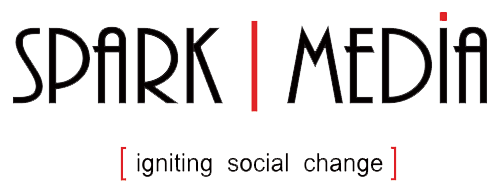Benefits of Using the TCAT
Using the latest SaaS technology, TCG can conduct a comprehensive compliance assessment in about 2 – 3 hours with the Trade Compliance Assessment Tool (TCAT). Based on the compliance assessment questionnaires used over the past several decades, the TCAT is designed to allow compliance professionals to conduct assessments remotely. The benefits of a TCAT assessment are numerous.
Cost Effective
Having a consultant, or even an internal compliance person, travel to an international site to conduct an assessment is extremely expensive. The hourly rate for two to three days and travel expenses (airfare, hotel, meals, transportation, etc.) are high and sometimes cost-prohibitive. A typical assessment with one consultant can run upwards of $12,000 to $15,000. Conversely, the cost of the TCAT is free!
Efficient
A typical assessment ties up process owners for hours at a time while questions are asked and answers are written down. The TCAT questions have been re-written to be answered “Yes”, “No”, “I Don’t Know”, and “N/A” and are scored by a proprietary algorithm that produces consistent, objective results immediately. The typical TCAT assessment can be completed in two hours; literally saving days in the assessment process.
Comprehensive
The typical TCAT Assessment module contains over 200 questions on multiple, separate compliance process elements to measure a company’s Risk. Each process element is scored separately; Red for Broken, Orange for In Need of Immediate Attention, Yellow for Room for Improvement, and Green for Acceptable. Process elements that are deemed to be Not Applicable are grayed out and not scored by the overall scoring algorithm.
Risk vs. Exposure
All assessment methodologies measure Risk. The better the compliance program – as measured by the completeness of documented processes and procedures, training, and other factors – the lower the Risk. And it is common with all methodologies to display the results in ‘stoplight’ fashion. However, a Risk score does not tell the complete tale. To understand the relevance of a given Risk score, you must know the company’s Exposure. An Exposure score is a measurement of those characteristics of a given business model that represent varying degrees of potential exposure to the company. The Exposure section looks at Product Types, Sales Regions, Sales Types, Number of Subsidiaries, Number of Employee and Foreign National Employees, among other characteristics. The TCAT is the only assessment methodology that uniquely quantifies a company’s Exposure. Knowing the Risk and the Exposure finally answers the CEO’s question “What does this Risk mean to me and my business?”
Immediate Results
In a traditional assessment, you must wait days, if not weeks, for the assessment report to be prepared. And you must re-schedule the C suite and process owners for yet another hours-long meeting while the assessment report is being given. When a TCAT assessment is completed, the results are available immediately, and are tailored to communicate the information quickly and efficiently to the C-suite. The Risk/Exposure Matrix (below) shows the relationship of the Risk Score to the Exposure Score. Additionally, the Risk and Exposure scores are shown in traditional ‘speedometer’ graphics.
Next, the individual scored, process elements are arranged in order of criticality:
Additionally, a Gap Report is also available identifying every question in every process element that was answered “No” or “Don’t Know”. These answers indicate a gap; the resolution to which improves the score for that process element. The Gap Report is a critical tool for mitigating risk quickly and efficiently.
Safety
Anytime one travels domestically or internationally, there are inherent risks. In today’s world, traveling internationally harbors unprecedented dangers. The TCAT is uniquely designed to allow compliance professionals to continue to conduct critical assessments from their desks. With the plethora of desktop meeting tools, it is no longer necessary for business and process owners to gather in one room to do an assessment.



